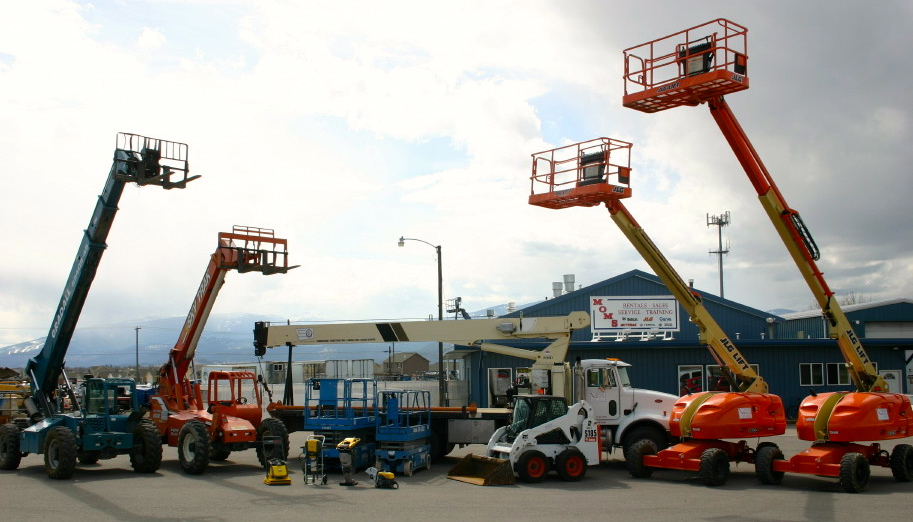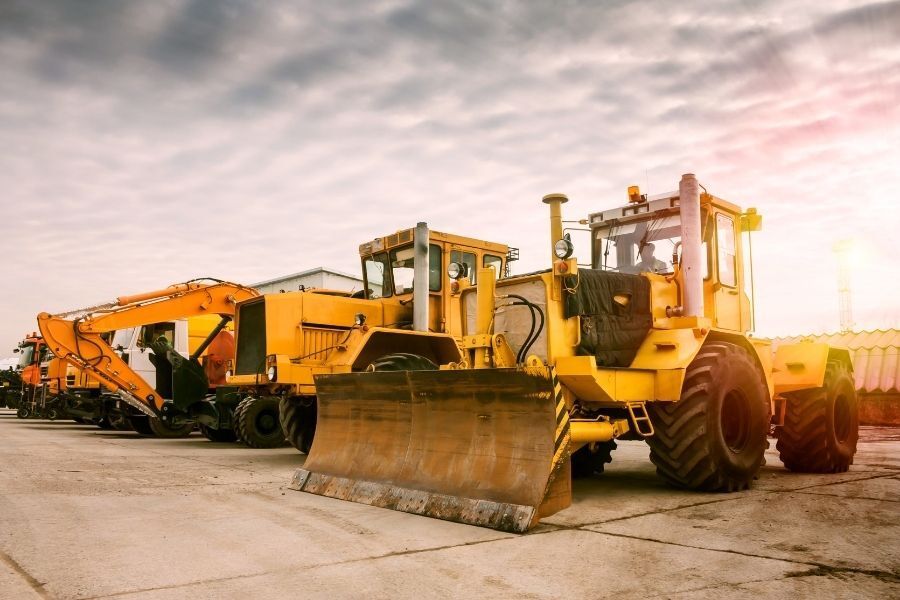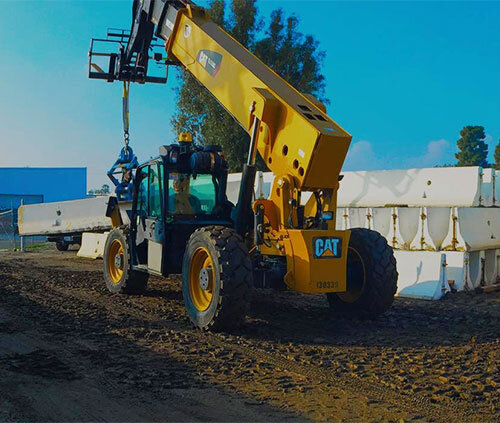Optimize Your Spending Plan by Recognizing the Expenses Associated With Building And Construction Tools Leasings
Understanding the complete range of costs connected with building and construction tools leasings is crucial for optimizing your spending plan. While the preliminary rental charge may appear uncomplicated, numerous additional costs-- such as transportation, gas surcharges, and maintenance-- can quickly gather, impacting your economic preparation. Moreover, being conscious of different costs and the complexities of rental contracts can help avoid unanticipated financial problems. What methods can be utilized to successfully manage these costs and ensure an extra effective rental experience?
Summary of Rental Prices
When taking into consideration construction devices services, recognizing the linked prices is vital for efficient budgeting and project preparation. Rental prices can vary significantly based upon several factors, consisting of equipment type, duration of leasing, and area. The preliminary rental cost usually reflects the tools's market need and its linked functional capacities, influencing the total expenditure.
Along with the base rental price, secondary expenses may develop, such as transportation costs, gas additional charges, and upkeep costs. It is important to make up these additional expenditures to accurately analyze the total price of renting out devices. Moreover, the rental duration can affect prices; longer rentals may certify for affordable rates, while short-term services may incur greater everyday costs.

Malfunction of Rental Prices
A comprehensive understanding of rental prices is crucial for specialists and job supervisors aiming to enhance their budgets. Rental rates for building devices typically contain a number of elements, including base prices, time-based fees, and usage costs.
Base prices are the core charges related to the service of the tools, often established by the type and size of the machinery. These rates can vary dramatically, affected by elements such as devices demand, schedule, and regional market trends. Time-based fees, which may be daily, weekly, or monthly, serve to accommodate various project timelines and rental periods.
In addition, rental prices may include usage charges, which apply when equipment is utilized past a defined threshold, making sure that the rental firm can represent deterioration. Seasonal need variations can also influence rental rates, with peak construction seasons generally commanding higher rates.
Additionally, recognizing the rental company's policies concerning upkeep and insurance coverage can provide more understanding into the overall expense framework. By assessing these parts, service providers can make enlightened choices, making sure the choice of rental tools straightens with both task demands and spending plan restraints.
Added Fees to Think About
Understanding the complexities of added costs is essential for professionals to handle their general leasing expenses effectively. Beyond the basic rental prices, numerous additional charges can substantially impact the complete expense of devices service. These charges frequently consist of distribution and pick-up fees, which can differ based upon distance and logistics entailed in moving the devices to and original site from the task site.
Additionally, some rental firms may impose gas additional charges if the devices is returned with much less fuel than when rented out. It is likewise vital to be conscious of prospective cleaning costs, review specifically for specialized equipment that calls for comprehensive maintenance after use.

Thoroughly reviewing the rental contract and clearing up these added costs ahead of time can assist professionals avoid unforeseen prices and guarantee that budgets continue to be intact throughout the project lifecycle.
Maintenance and Repair Work Expenses
Routine maintenance and fixing costs are usually forgotten aspects that can substantially influence the general cost of construction equipment services. When renting devices, it is vital to think about not only the rental costs yet additionally the possible prices associated with maintaining the equipment in ideal operating condition.
Many rental companies consist of fundamental upkeep as part of the rental contract; however, extra extensive repair work or unanticipated failures can cause extra expenditures. It's necessary to examine the rental contract meticulously to recognize what maintenance services are covered and what obligations drop on the occupant.
Moreover, devices that is not well-maintained can lead to inefficiencies on duty website, possibly creating hold-ups and boosting project prices. To minimize these threats, it is a good idea to conduct regular inspections and preserve open communication with the rental copyright regarding any type of concerns that emerge throughout usage.
Insurance Coverage and Obligation Costs
Insurance coverage and obligation costs are crucial components that can substantially influence the overall expenditure of building and construction tools leasings (mini excavator rental). These prices make sure that both the rental firm and the customer are secured from potential financial losses emerging from mishaps, damage, or theft throughout the rental period

Additionally, clients ought to recognize any kind of deductibles or exclusions in the insurance coverage plan, as these can influence potential out-of-pocket costs. Recognizing the terms and problems of any kind of insurance policy protection is vital to avoid unforeseen prices. Eventually, budgeting for insurance coverage and liability expenses can help make certain a smoother rental experience and safeguard against monetary risks connected with building projects.
Conclusion
In verdict, a detailed understanding of the costs linked with building devices leasings is essential for reliable budget administration. Ultimately, notified decision-making relating to equipment rentals adds to the overall success of building ventures.
Rental prices can vary considerably based on a number of aspects, consisting of devices kind, duration of leasing, and place (aerial lift rental). The rental period can affect prices; longer services might certify for affordable prices, while temporary rentals could sustain higher daily fees
By conducting thorough research study and involving with trustworthy rental firms, contractors can efficiently browse the intricacies of rental rates, eventually maximizing their monetary sources.
Beyond the typical rental rates, different extra charges can dramatically impact the complete price of equipment rental. Rental business commonly give obligation insurance that covers injuries to 3rd events or damage to residential or commercial property, while equipment damage insurance policy can cover the expense of repairs or replacement if the leased tools is damaged.